Captain's Log
Things to do in Byron Bay – A locals guide
A fully grown Humpback Whale can weigh more than 5 adult elephants, the largest land mammal.
15 Whales
Byron Bay
8-21
SSW 7KN
1.8m
Today there was plenty of action out off the coast of Ballina and Byron Bay. We enjoyed breaching, comp groups, muggings & tail slapping on our Byron Bay Whale Watching Cruises at 8:00am & 11:00am. Conditions are looking good this week, so be sure to book aboard our Byron Bay Whale Watching Cruise.
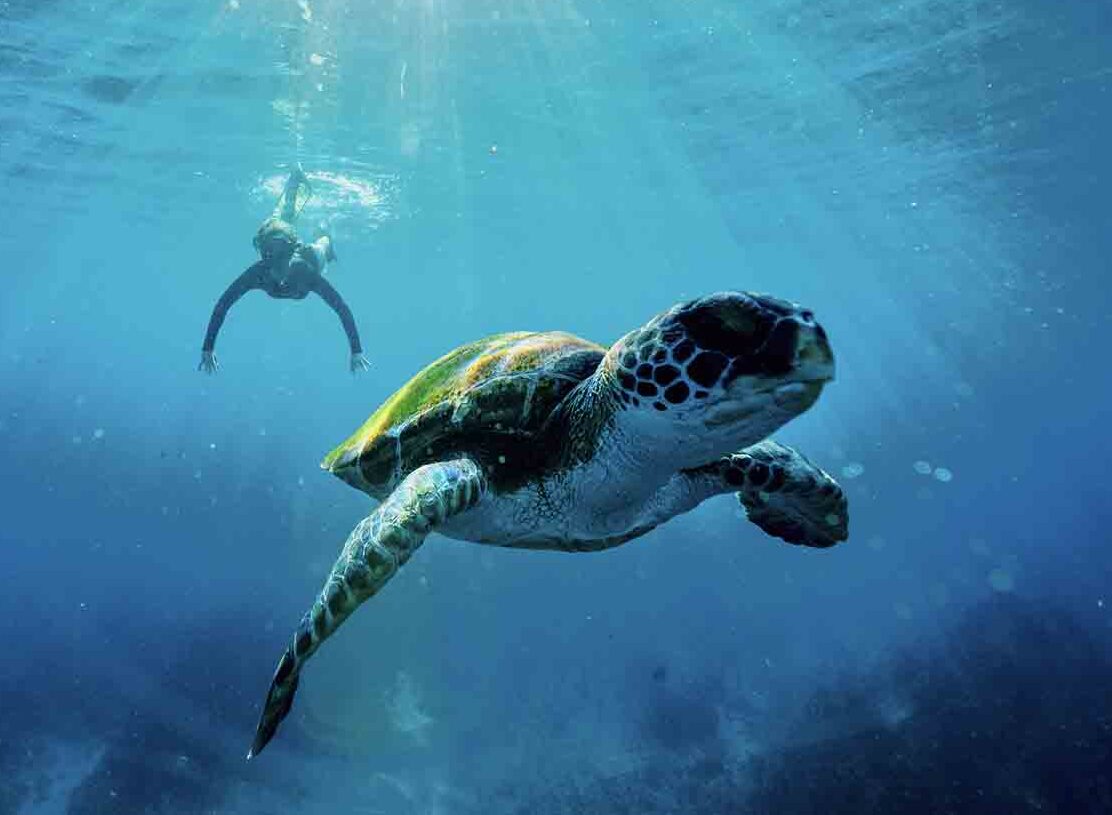
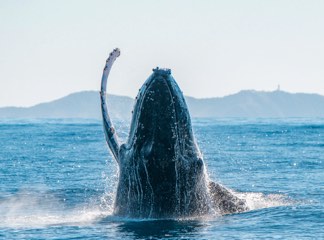
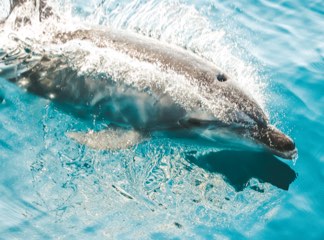
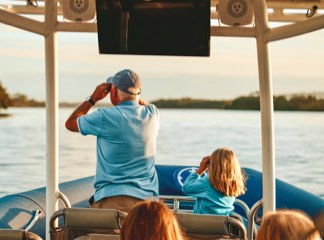
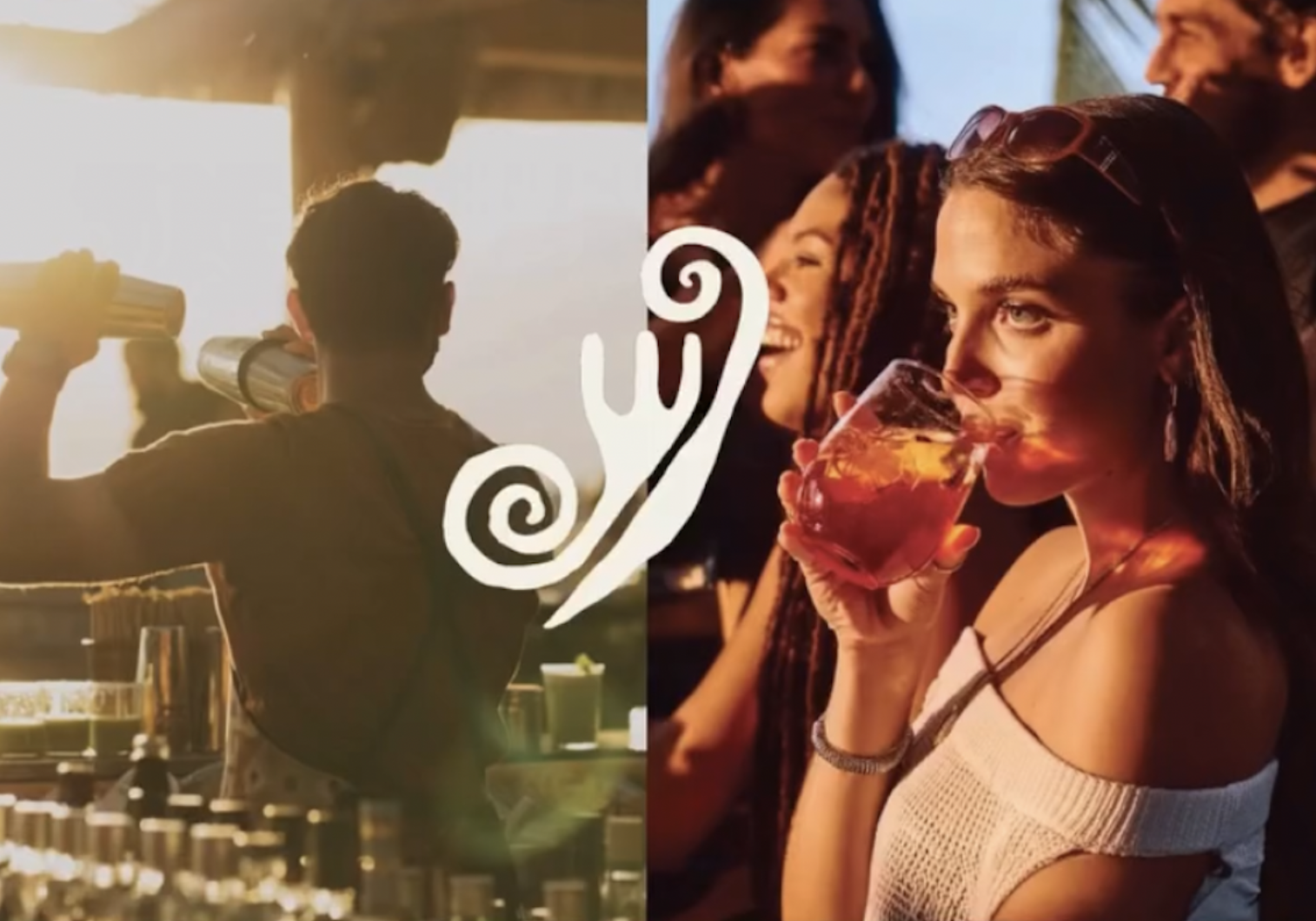
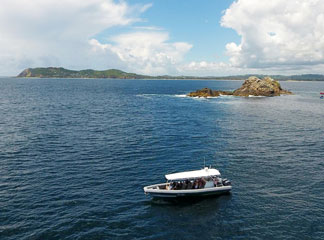

There’s no better way to enjoy the magnificence of Julian Rocks and Byron Bay’s pristine coastal waters than aboard our purpose-built vessel offering 360-degree views of the surrounding natural beauty and wildlife.
Our Coastal Discover Cruise will take you on a breathtaking adventure from Ballina to Byron Bay where you can encounter species such as dolphins, turtles and birdlife as we navigate our way north through the enormous Cape Byron Marine Park (which includes the Julian Rocks Marine Reserve!).
Discover sheer cliffs, secluded beaches and rocky islands as you listen to live commentary by our passionate Marine Biologist. Learn about wildlife, local points of interest & history of the area as you cruise by Australia’s most Easterly point. Imagine viewing Byron Bay’s iconic Cape Byron Lighthouse from a whole new perspective!
As we approach the turquoise waters surrounding Cape Byron, we’ll circumnavigate one of Australia’s most stunning ecological sites – Julian Rocks ‘Nguthungulli’ Marine Reserve before heading back down the coast to Ballina. Read more about Julian Rocks.

Locally made GF snacks
Marine Biologist Guide
Dolphin Guarantee or return for a FREE cruise to try again
Countless Photo opportunities
Hat
Sunglasses
Drinking Water
Camera
Sense of Adventure
The vessel departs from & returns to Ballina at Lance Ferris Wharf, 12 Fawcett St, Ballina NSW (directly in front of The Wharf Bar & Restaurant)
Ballina is a scenic 35 minute drive from Byron Bay and 15 minute drive from Lennox Head. See below for directions and local transfer options.

Comprised of two heart-shaped rocks (when viewing from above at just the right angle), Julian Rocks Marine Reserve serves as much more than a place for marine life to gather and flourish.
The Aboriginal name for these two islands is ‘Nguthungulli’, which means ‘Father of the World’. As the creator of land, water, animals and plants, Nguthungulli played a central role in the Dreamtime stories. According to local Bundjalung folklore, the Nguthungulli rocks were formed by a jealous husband who threw a spear at a canoe carrying his wife and her lover. The canoe broke apart and partially sank, leaving only the prow and stern sticking out of the water. These two ends became Julian Rocks – home to the eponymous Nguthungulli who is said to live in one of the islands’ caves.
Due to Julian Rocks protected status, cultural significance and its impressive array of underwater wildlife – one of the best ways to observe this natural wonderland is by boat where you’ll be able to spot turtles and dolphins, birdlife and the rock formations themselves without causing any disturbance to the life below.
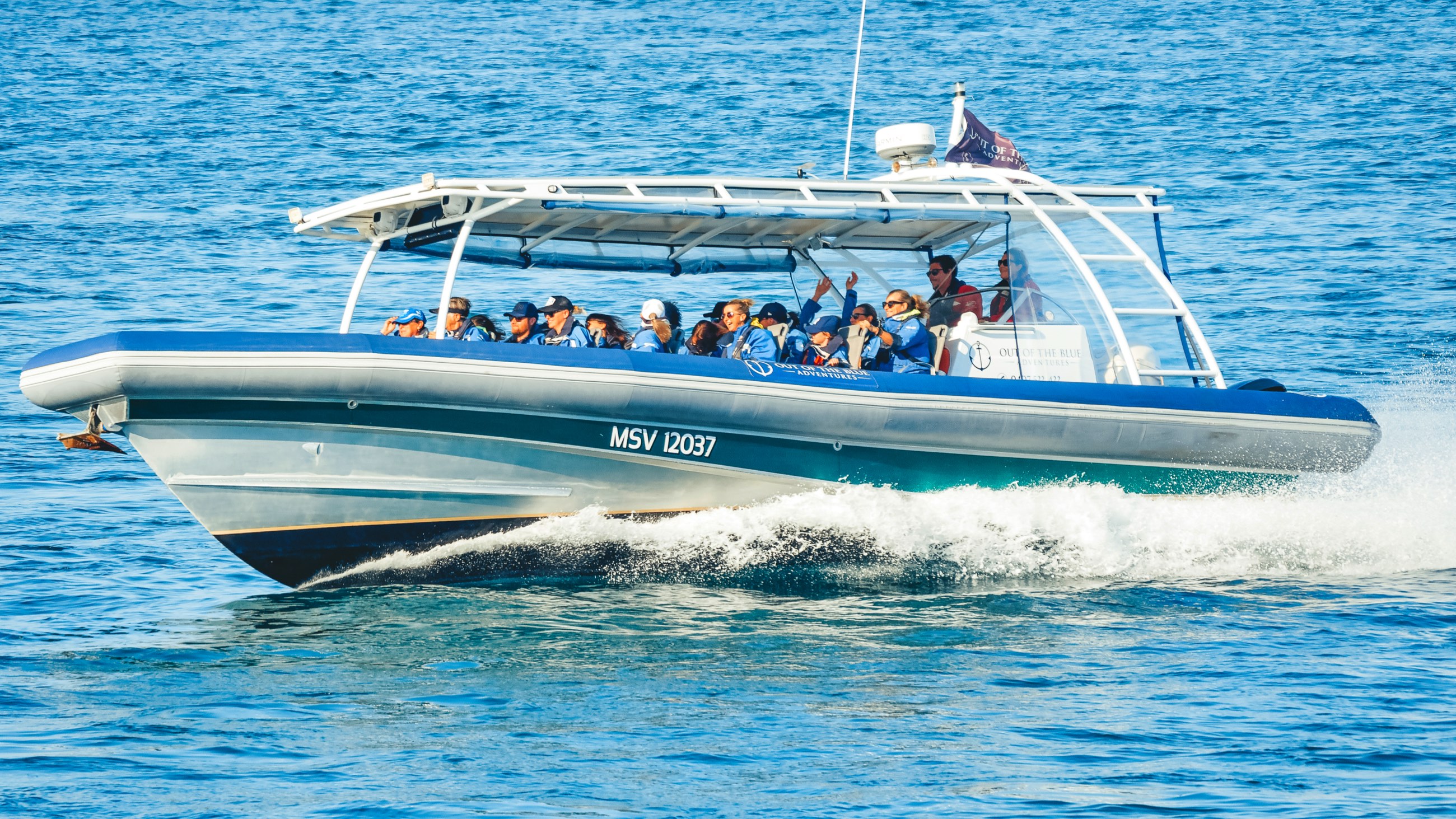
Our modern eco-vessel allows our guests to enjoy close encounters with Byron Bay dolphins, other marine life and explore areas along our stunning coastline including Julian Rocks, only accessible by boat. Look out for the playful dolphins who often surf the waves of the hull.
Sitting stoically on mainland Australia’s most easterly point, 118-metres above sea level is Cape Byron Lighthouse, which is as famous as Byron itself. It really is one of the “must see” Byron Bay attractions for guests staying in the Northern Rivers and our cruises offer the ultimate viewing platform. Imagine taking it all in from a whole new perspective, the water!
Covering about 22,000 hectares, Cape Byron Marine Park extends approx. 37km along the coastline from Brunswick Heads in the north, to Lennox Head in the south. Encompassing a range of marine habitats, the park is home to many species of dolphin, fish, seabirds, and marine plants, as well as endangered species such as grey nurse sharks, sea turtles and little terns. Our Coastal Discovery Cruise to Julian Rocks is the perfect way to explore this aquatic playground & showcase these Byron Bay attractions.
0
0
0
0
We are so sure you’ll spot a dolphin that we offer a free return trip if you don’t see one on your first Coastal Discovery Cruise to Julian Rocks!
Bottlenose Dolphins are spotted in their natural habitat as they play and swim along the coastline between Ballina and Byron Bay on our incredible Coastal Discovery Cruise to Byron Bay’s, Julian Rocks. We depart from Ballina’s Richmond River and enter the pristine waters of Cape Byron Marine Park. Our friendly Marine Biologist will share in-depth knowledge of the area & marine creature encounters we experience within Byron’s Marine Park.
Book Your Adventure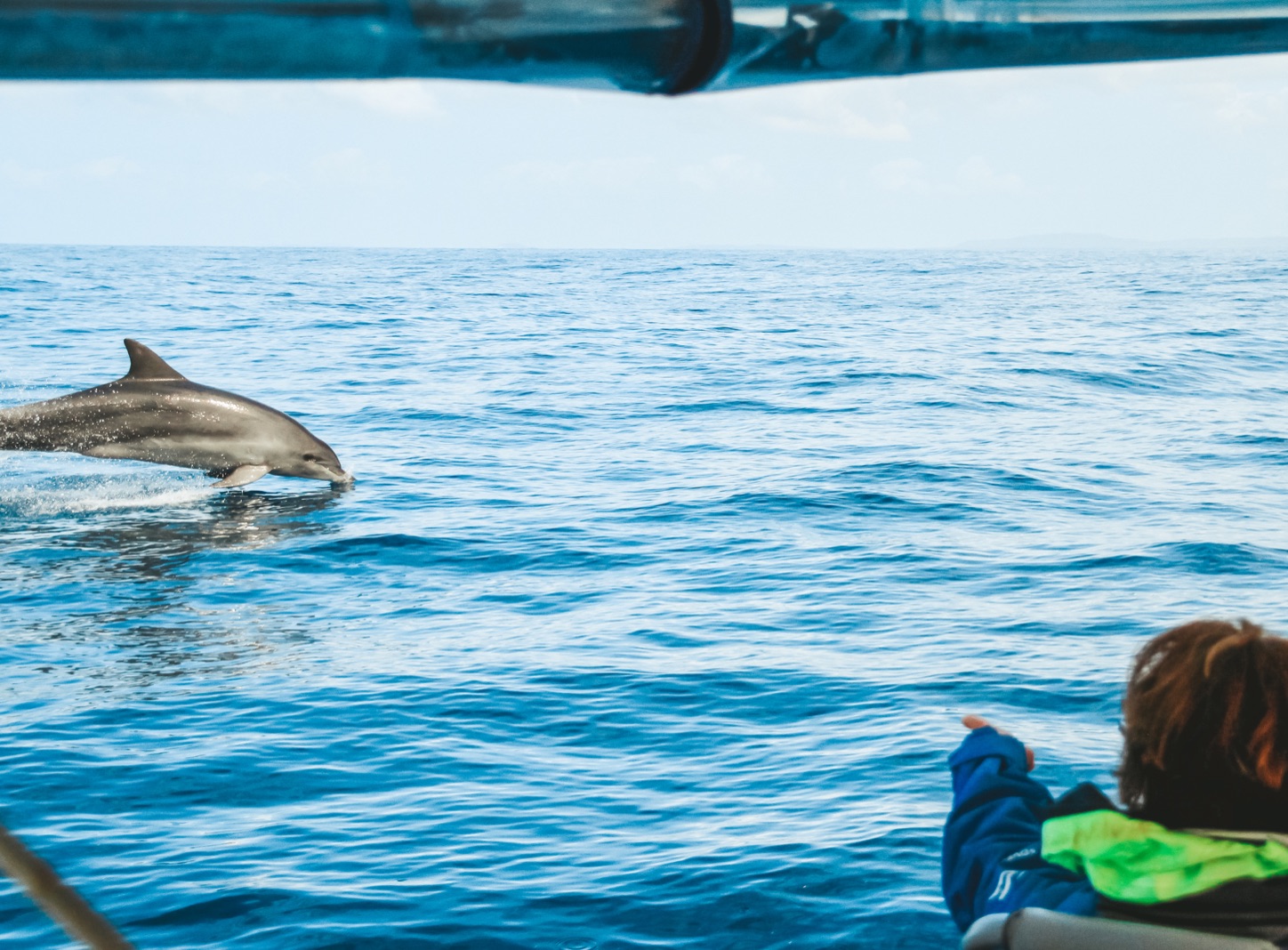
Dolphins communicate via a combination of whistles and clicks. The clicks are a form of echolocation, important for navigation, while the whistles are believed to serve social purposes such as identification, location, and expressing emotional states.
Dolphins name themselves soon after birth. That name is kept and recognised by other dolphins throughout their lifetime. Their gestation period is about a year with pregnancy occurring every 2-4 years. Dolphins don’t start breeding until they are between 8-10 years old making population replenishment slow. Slow replenishment only intensifies the importance of research, conservation, and habitat protection.
Dolphins are social creatures who build communities and develop strong bonds. These communities tend to be sexually segregated, and pods work together to raise the young. Unlike the humpback whale, dolphins don’t migrate, rather they mark out territories and use different areas for specific purposes. While dolphin watching in Byron Bay, you’ll likely see hungry dolphins hunting near the Richmond River mouth and Lennox Head’s offshore reefs.
We are proud sponsors of Dolphin Research Australia and the Healthy Waterways—Healthy Dolphins Project! These research and conservation projects work to protect vulnerable communities impacted by human activities and habitat destruction. We also provide our vessel for surveys and participate in the Dolphin Watcher’s Program that monitors dolphins in the region. We’re committed to eco-friendly tourism that is careful not to disrupt animals’ natural behaviours, environment, or migration patterns.
Book Your AdventureIf you have any additional questions about our Coastal Discovery Cruise to Julian Rocks, please call us on +61 407 522 422 or fill out the form and we will get back to you as soon as we can.